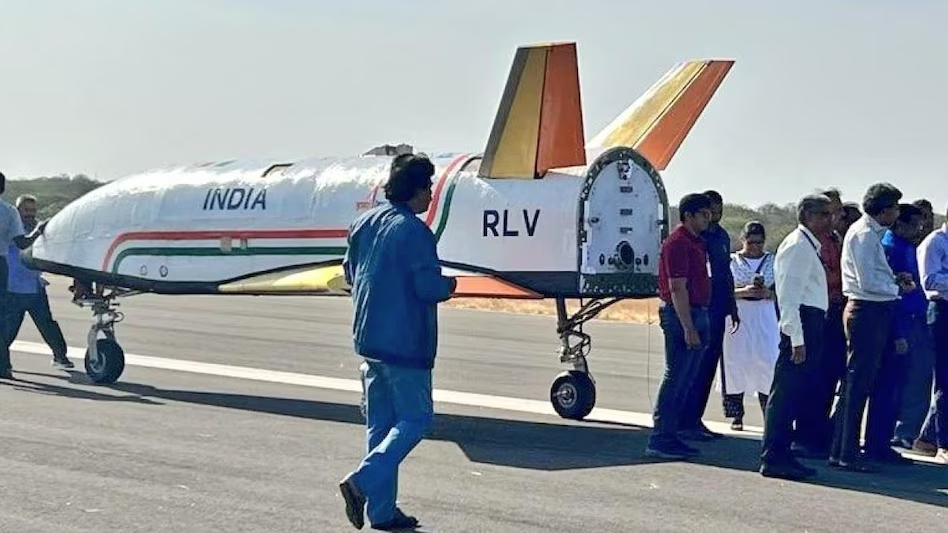-
-
Notificationview all
- Login / Register
Daily Current Affairs / ISRO successfully conducts autonomous test landing of Reusable Launch Vehicle

Category : Science and Tech Published on: April 04 2023
NITI Aayog’s new report charts a reform-driven roadmap to deepen India’s corporate bond market for Viksit Bharat @2047.
Read More....Bhartiya Bhasha Utsav 2025 showcased India’s linguistic unity with the launch of Adi Vaani, the nation’s first AI-powered tribal language translator.
Read More....IAS officer Supriya Sahu earned global acclaim by winning the 2025 UN Champions of the Earth Award for her impactful climate and conservation initiatives.
Read More....The World Inequality Report 2026, published by the World Inequality Lab, flags India as one of the most unequal large economies, urging wealth and inheritance taxes to reduce deepening disparities.
Read More....A new shieldtail snake species, Rhinophis siruvaniensis, has been discovered in Kerala’s Siruvani Hills, highlighting the region’s rich biodiversity.
Read More....The World Bank approved $305 million for Haryana’s Clean Air Project, supporting electric mobility, industrial reforms, and sustainable agriculture to improve air quality by 2030.
Read More....CRPF officer Dinesh Khatak from Haryana was awarded the Union Home Minister’s Efficiency Medal for his exemplary service in counter-insurgency and security operations.
Read More....Denmark plans to ban social media use for children under 15, enforcing age verification to protect minors from cyber risks.
Read More....Google co-founder Sergey Brin surpasses Jeff Bezos in global billionaire rankings, with his net worth reaching $240 billion thanks to Alphabet’s AI-driven stock surge.
Read More....Hanoi has become the world’s second most polluted city after New Delhi, with PM2.5 levels far exceeding WHO limits, posing severe health risks.
Read More....